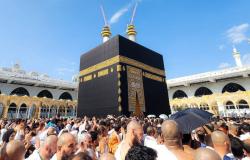THE results of a large French study having compared the risk of cancer of children conceived by medically assisted procreation (ART) to that of children conceived naturally has just been published in the journal JAMA Network Open. This study is one of the largest carried out to date on this subject: it focused on the 8,526,306 children born in France between 2010 and 2021, of whom 260,236 (3%) were conceived by AMP, and followed until a median age of 6.7 years.
Why this study?
AMP concerns approximately 1 in 30 births in France (artificial insemination, fertilization in vitro classic [FIV] or by intra-cytoplasmic sperm injection [ICSI] with fresh or frozen embryo transfer). However, still limited and heterogeneous data have suggested an increased risk of certain health disorders, notably cancers, among children conceived by ART. Therefore, large-scale assessment of cancer risk in these children is important.
No overall increase in cancers but doubt about leukemia
With 9,256 children having developed cancer, including 292 conceived by ART, this study did not show an increase in the risk of cancer, all types combined, in children conceived after use of ART. However, a very slight increase in the risk of leukemia was observed in children conceived by IVF or ICSI, of the order of one additional case per 5,000 newborns conceived by IVF or ICSI who reached the age of 10 years. .
Epidemiological monitoring must be continued to better assess the longer-term risks and see if the risk of leukemia is confirmed. If this is the case, it will be useful to seek to understand the mechanisms linked to ART techniques or to parental fertility disorders which could lead to the increase in this risk.






